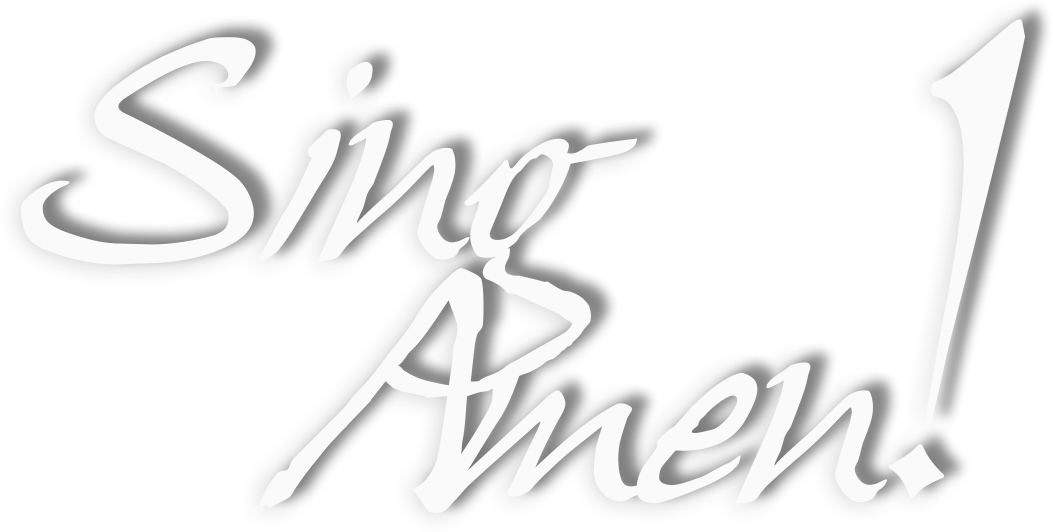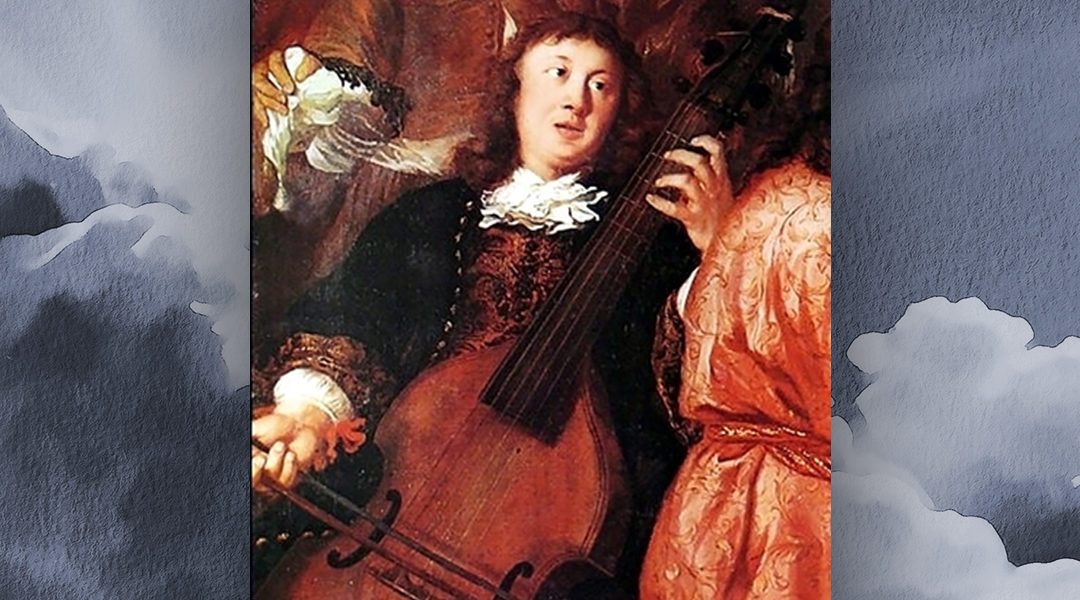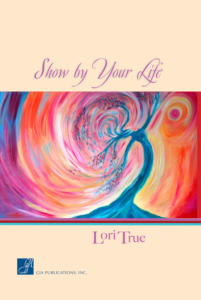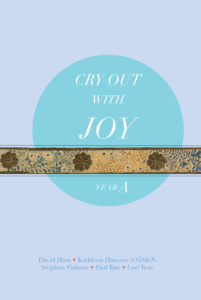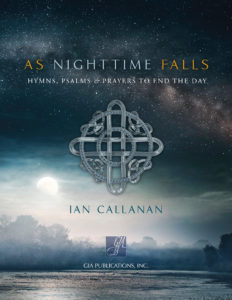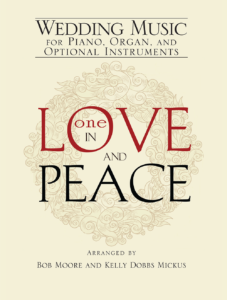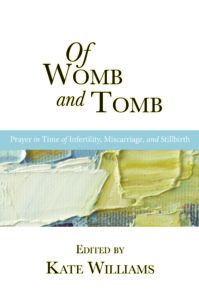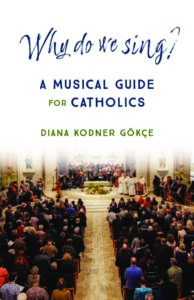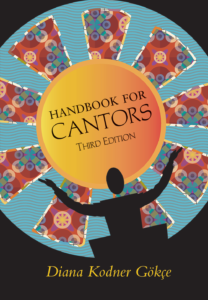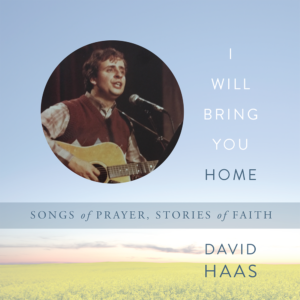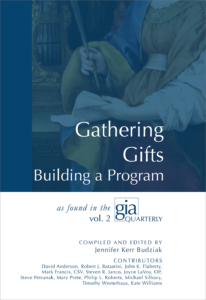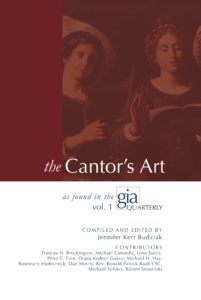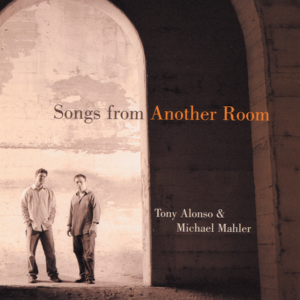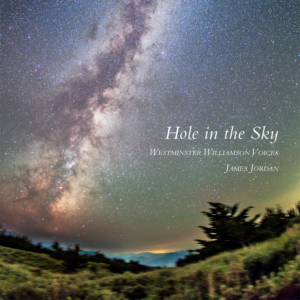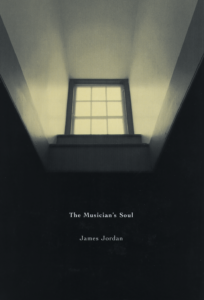Three years ago I was lucky enough to go on a tour of Germany with a group of organ enthusiasts. The theme was “In the footsteps of Bach,” and we visited many of the churches and towns where J.S. Bach served, or that were significant to his life. Our first stop was the famed Marienkirche (St. Mary’s Church) in Lübeck, Germany, where Dietrich Buxtehude (1637/39-1707) was the organist. Buxtehude was well known throughout Germany for his Abendmusik (Evening music) at the Marienkirche, and in 1705 the twenty-year-old J.S. Bach walked 250 miles to spend some time with Buxtehude and attend some of his performances, receiving a leave of absence from his church in Arnstadt.
I always wondered about that visit…the walking, the length of time that Bach was away (which was longer than his church granted him), plus the fact that he was gone over Christmas. I think of the schedule most of us have in our churches and just the thought of being gone over Christmas brings on panic. But, he was young, he did it anyway, and he got into heaps of trouble when he got back. That visit made history, so there must be some kind of lesson to be learned from just doing what you know is right for you!
The organ loft at the Marienkirche was as inaccessible as any I have ever seen. There was a winding, slippery, cement staircase with no way of knowing how far it went up, and panic alcoves strategically placed along the way. (One person did use one of the alcoves, and promptly went back down, which was wise, as I discovered later.) Once we had gone up the many, many stairs, we found ourselves outside, on the roof! From there our guide led us into the attic, where we traversed a rickety wooden bridge that crossed over the entire roof of the Marienkirche (since we were in the attic, we weren’t out in the elements) through an itty-bitty door to the loft itself. Shades of Indiana Jones!
I have a fear of heights.
We got up to the loft and I immediately decided that I neither needed to look down over the rail, or sit at the console. I lasted a very few minutes only to decide that I had seen enough and I went back down the same way I came up (all alone, I might add) only to discover that a helpful docent had locked the door behind our group. And no cellphone service. In that small sacristy room I found the first person who had left us at the staircase, waiting at the same locked door. Well, we stayed there for a few minutes until my husband, James Biery, appeared (was I ever glad to see him)! He had tried to play the organ, but discovered his legs were too long and his knees knocked on the lowest manual, so he gave up and went looking for me. He looked around that little area and found another door, with a key hidden on the side of it. He figured out how to unlock it and suddenly we could see outside into the square. (BREATHE!!) Somehow, and my memory is hazy on this, I was coerced into being nominated to be the person to walk around and look for help. After walking a city block to get back into the Marienkirche, I found the disbelieving docent (who spoke little English), who didn’t quite buy my story about having been locked in that room, separated from our group. I convinced him by pointing to the loft, where he could see the rest of the group, and he was gracious enough to unlock the door so the others could get out when they came down, and we were all reunited.
So I think of Buxtehude, going up to the loft to play the organ there, and I’m amazed. Plus, there was no electricity! (And where would the nearest bathroom be?) Did he dance a jig up the stairs? But, I digress, and it’s time to talk about his music. In particular, I’d like to share with you my love for his Gigue (Jig) Fugue, BuxWV 174 in C Major. Let’s dance with Buxtehude, shall we?
Most of Buxtehude’s organ compositions are either longer, sectional works, or chorale preludes. The Jig Fugue is one of the few shorter works, about three minutes long. I have made an arrangement of the fugue that is available for free download from GIA. There is a version for organ, and a version for organ or piano for keyboard only, no pedal. The score I based the arrangement on was taken from IMSLP and you can find it here.
There are a few YouTube performances available, and this is one I like for style and tempo. Several of the YouTube performances I listened to have an F-sharp as the last note of measure 6, but I prefer the version in IMSLP, which has an F-natural, which you will find in my edition.
I have used this piece many times in worship, and it is always well received. It is a great summer postlude, or sprightly prelude, or second recessional for a wedding.
The basic registration for the fugue is to start by drawing the main 8′ stop on the Great, which is usually called a Principal or Diapason, but you can identify it fairly easily because it should be the loudest 8′ stop on the Great, not including any reed/trumpet stop. Then add a 4′ stop, usually called Octave 4′. A 2′ comes next, flute or principal will work just fine, followed by anything that is called a Mixture. Draw similar but lighter-sounding stops on the Swell, meaning an 8′ Principal, possibly skipping the 4′ and going right to the 2′, then a lighter Mixture or Plein Jeu or whatever your Swell Mixture is called, or possibly just a 1 1/3 on the top instead of a Mixture, depending on what sounds right to you. Use any 16′ pedal stop, probably the Principal 16′, and the Great to Pedal coupler and you’re good to go. The score has places indicated where you leave the Great manual to go to the Swell and back again if you choose, or you can skip the Swell entirely and just play on the Great throughout. When you do go back to the Great, or if you just stay on the Great, you can add something in measure 50, either the Swell to Great or a Trumpet on the Great. Again, experiment and trust your ear.
The last beat of measure 64 is another place you can add something for either volume or brilliance, if you didn’t do so in measure 50. Since you aren’t playing with your feet at this point, you can set one of the pistons ahead of time, and hit the toe stud with your foot, or you can draw the knob with your hand, whichever is easier for you. You can add the Swell to Pedal at that point, and any 16′ reed in the pedal that will make the pedal line stand out. Measure 76 is a place where you can pause for effect and add a ponderous 16′ Reed stop to the pedal, if you have one, or couple something down from another manual. All organs are different, and what works on one instrument may or may not sound good on another, so experiment, experiment, experiment!
I have also heard this piece played on flutes only, either 8′ and 4′ or 8′ and 2′. While it is helpful to have a sense of what would be customary, it is also just fine to register it however works for your instrument, and for the occasion. The only thing to avoid is using the voix celeste, or as a general rule for the Baroque style, putting on more than one stop at each pitch level. Also, since it has a dance-like quality, full organ is probably not the best choice (until the last two measures, then have fun!).
Baroque performance practice calls for a piece like this to be played mostly detached, with an emphasis on the main beats. On the organ this is achieved by lingering on the strong beat a little, on the piano you can accent the note. This is where YouTube recordings are so helpful, as you can listen to a number of different interpretations and decide what works well for you on your instrument and in your acoustic. I’ve never played this piece on the piano, but after editing the last bars somewhat to eliminate the pedals, I think it would work just fine and be useful either on the piano or on an organ without pedals.
For those of you who are new to playing pedals, this is a great piece to get started with. Most organists wear organ shoes, but truly, it’s not going to be an issue in this piece and if you are jumping from keyboard to keyboard at your church for a liturgy, just walk from the piano over to the organ and either play in whatever you have on, or slip off your shoes for this piece. Personally, I like organ shoes because they have the right fit and feel, with a one-inch heel. Plus, wearing only organ shoes to play in will cut down on dirt, grit or mud/snow on the pedalboard from street shoes or puddles on the floor during winter or other inclement weather.
I have indicated pedaling for the end of the fugue, which ascends up a C-major scale and can be played all detached, as would have been the style. Pedalboards in Buxtehude’s day were not concave as they are on most organs today, and simply using the left foot for most of this ascending line would have been in the style. The arrow marking under the note indicates to play with the left foot, above the note indicates the right.
I do hope that you use and enjoy this piece, whatever version works for you, or perhaps both! If you have any questions, feel free to email me at the Ask a Question button on the main blog page. Enjoy dancing with Buxtehude!
